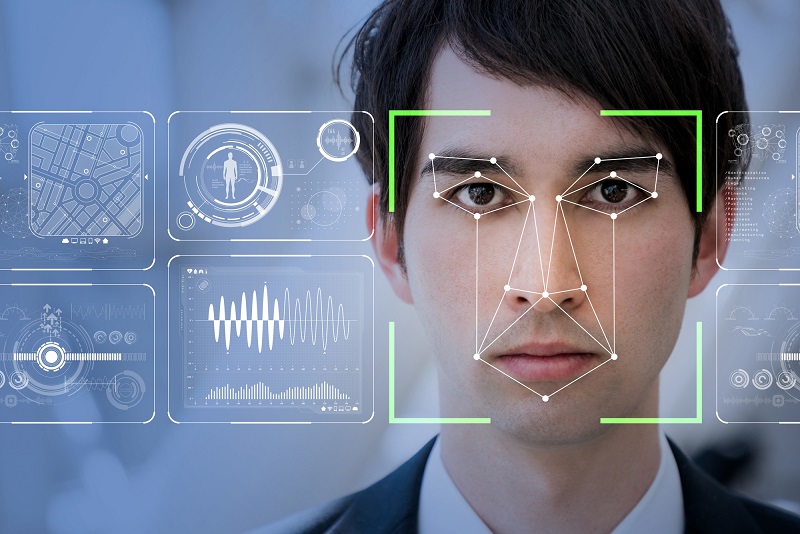Ever wonder about the mechanisms behind facial recognition software? Learn how facial recognition works in this guide to these programs.
According to a recent study, 58.4% of Americans are in full support of facial recognition being used as a tool to safeguard the public.
The dissenting opinion, while not entirely opposed to the idea, agree that this technology should be used subject to varying degrees of restrictions.
Before you choose your side, it is important to get an understanding of how facial recognition works.
What is Facial Recognition?
Facial recognition is a way for technology to identify your face. There are a number of variants to this software and each of these has its own uses ranging from Snapchat filters to high tech military applications.
How Facial Recognition Works
When you think about it, it’s really quite incredible how a machine identifies differences between faces. So let’s break down the process into a few parts to get a better understanding of the most basic concepts of facial recognition.
1. The Capture
First, your face must be photographed and saved into a database. This allows the software to get a good read of your features.
2. The Analysis
The software then takes note of the shape of your face, identifying its geometry. Aspects like the distance between your eyes, the shape of your nose and the placement of your features on your face will be identified. The more information or signs it records, the better the results.
3. The Signature
All this data then adds up to produce your unique facial signature. And you can imagine where it goes from here.
Each individual who’s been recorded adds to a database of personal signatures. When the system comes across a particular face, it simply scans it to compare it with the data it already has to find a match.
Now, most basic facial recognition software works on 2D imaging which minimizes the number of dimensions it is able to record. Given its structural limitations, it makes the identification much less accurate than it is with 3D scanners.
Thermal Imaging and the Night
While 2D imaging relies heavily on lighting, it is still possible for recognition systems to work at night.
How you ask?
All through the power of thermal light.
Thermal imaging cameras have the ability to detect infrared light that is emitted from various objects and surfaces. However, additional photographs and even blood vessel maps are used to increase the accuracy rates of this process.
Understanding the Applications
The applications of facial recognition can be generalized to include basic recognition and identification programs. Basic recognition is what you see when your camera maps out your face to fit Instagram filters. This uses algorithms to determine the direction you’re looking, your expression and other little details.
Identification software is the kind that allows your phone to unlock only when it sees you.
If you’ve ever reverse searched an image on Google, you now probably understand how recognition and identification, both play a role. If you haven’t then head over to https://setapp.com/how-to/use-google-image-search-like-a-pro to get a better understanding of how it works.
Working Out the Kinks
Facial recognition works in well, not so mysterious ways, but the technology itself raises a few concerns.
How safe are your images? How can you guarantee your privacy? How accurate is the software?
These are fair concerns, and ones that must be addressed by the makers. Until then, all we can do is push for these kinds of discussions and make sure our questions are heard.
Like this article? Get the conversation started by sharing this article across your social media and inviting more perspectives!
loading...
loading...

